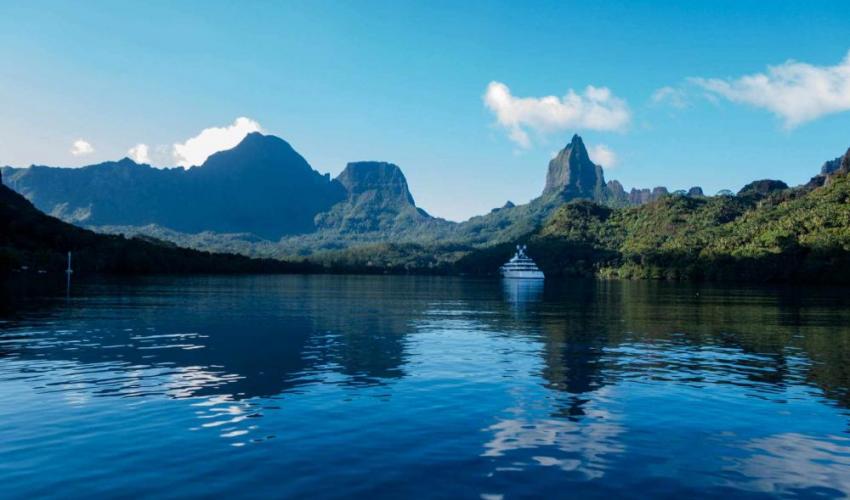The Opunohu Bay and Valley on Moorea Island in French Polynesia is set to become a model of Integrated Water Resources Management – a process that aims to maximise economic and social welfare without compromising the sustainability of vital ecosystems.
The Opunohu Bay and Valley on Moorea Island in French Polynesia is set to become a model of Integrated Water Resources Management (IWRM).
IWRM is defined by the Global Water Partnership as a process that promotes the coordinated development and management of water, land and related resources in order to maximise economic and social welfare in an equitable manner without compromising the sustainability of vital ecosystems.
With its micro-climate of over 3m of rain per year, Opunohu Valley is the lungs, water reservoir and economic centre of the island. Opunohu Valley provides agricultural products such as pineapples for the Moorea fruit juice factory, hosts two thirds of Moorea’s known plant species including the Tahitian chestnut tree (Inocarpus fagifer), which is used by the local population as food and traditional medicine, and is a tourism hotspot, hosting 50 to 60,000 visitors a year.
Given its importance in terms of water resources, agriculture and tourism, Opunohu Bay was selected by the local government as a pilot site for the European Commission-funded INTEGRE project which aims to promote integrated coastal zone management, strengthen regional cooperation in the area of sustainable development, and improve sustainable environmental management for the benefit of Pacific peoples.
INTEGRE has identified erosion and environmental damage, high tourist pressure and strong political backing for development of the tourism industry, coastal development and the rise of on-integrated agriculture as the main threats to the Opunohu Bay and Valley, the surrounding reef ecosystem and all of the ecosystem services that sustain the island people and ecology.
To address these threats, the project’s action plan includes improving the quality of local landscapes, getting local stakeholders involved with local resource management and governance, developing the eco-tourism industry in a way that protects the natural environment and landscape and improves local living standards.
Towards these ends, a local committee made up of various stakeholders including town councils, local NGOs, government departments, research institutes, professional groups, land owners and other interested individuals has been established. Actions taken so far include the development and implementation of an agricultural planning scheme to reduce erosion and pollution, erosion monitoring, the set-up of a pilot organic farm, and creating and promoting an ethno-botanic trail that showcases the high cultural and archaeological values of the valley.
The Opunohu Bay and Valley integrated watershed management plan has inspired and informed a similar initiative that’s being developed for Punaru’u Valley on sister island Tahiti.











